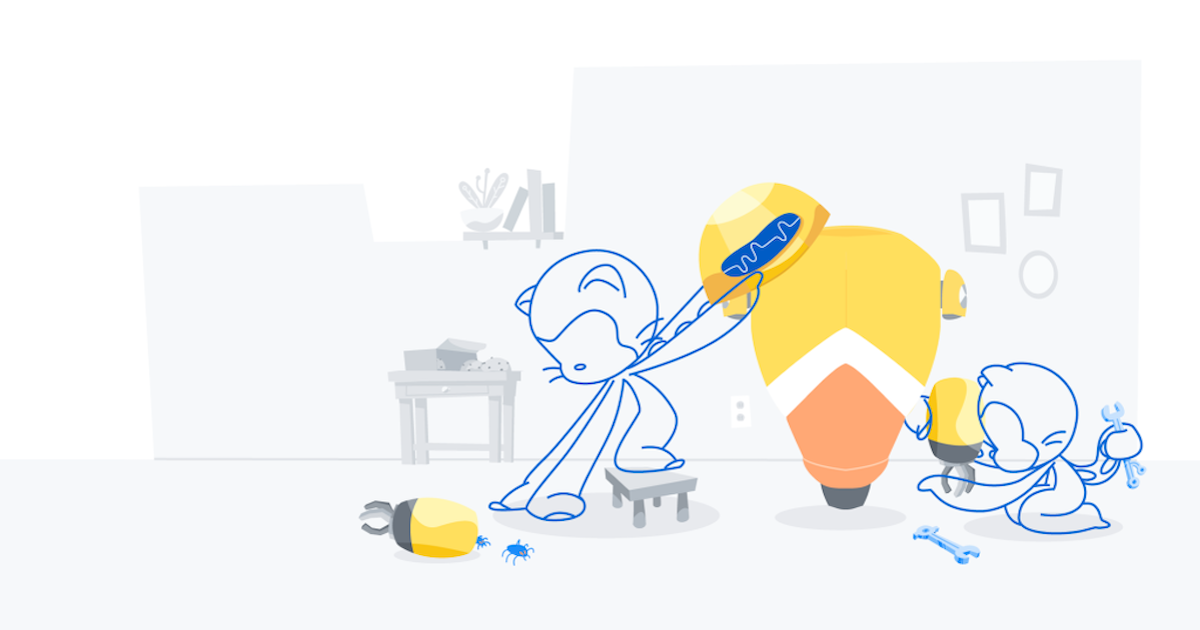
Add Reactions to Pull Requests, Issues, and Comments
Every day, thousands of people are having conversations on GitHub around code, design, bugs, and new ideas. Sometimes there are complex and nuanced points to be made, but other times…

Every day, thousands of people are having conversations on GitHub around code, design, bugs, and new ideas. Sometimes there are complex and nuanced points to be made, but other times…

It’s hard to solve a problem when important details are missing. Now project maintainers can add templates for Issues and Pull Requests to projects, helping contributors share the right details…

The area above the merge button now contains more information, making it easier to see if your proposed changes are ready to go or need more work. Each month, 119,000…

When we shipped the new GitHub Issues, we made it easy to scope lists of Issues and Pull Requests with filters like author, date, mentions, and team mentions. With the…

Just like our Mac client, you can now use GitHub for Windows to submit pull requests to GitHub or GitHub Enterprise, right from your desktop. We didn’t forget forks, either!…

As a company grows, people and projects change. To continue to nurture the culture we want at GitHub, we’ve found it useful to remind ourselves what we aim for when…

Pull requests are fantastic. We use them every day to review and discuss code, documentation, and designs. Now you can create pull requests without leaving the warm embrace of GitHub…

Starting conversations around changes is what pull requests and GitHub Flow are all about, so we’re excited to introduce a powerful shortcut that gets you there even faster. When using…

Since we introduced the Status API, you’ve been able to improve the quality of your code by including the status of a pull request within the conversation timeline, for every…

We’ve been including the containing branches and tags on commit pages to give you more context around changes. Now, commits in a repository’s default branch will also show you the…

Keep track of all of your issues and pull requests with the new Issues Dashboard and the new Pull Requests Dashboard. When we rebuilt GitHub Issues earlier this summer, we…

If you’re a Gmail user who gets GitHub notifications via email, you’ll notice that we’ve added subject-line links to issues and pull requests on notification messages. You can use these…

Pull Requests are key to our collaboration workflow here at GitHub, so today we’re making it a little easier to stay in the flow of a PR while collaborating directly…

Hot on the heels of checking out pull requests, you can now open files in GitHub for Mac and GitHub for Windows straight from pull requests and branches! You can…

Starting right this second, it’s way easier to merge Pull Requests while you’re on the go! The Merge button you already know and love can now be used right from…

For all of the pull request reviewers out there, we’re excited to announce a new feature in GitHub for Mac and GitHub for Windows to make your lives easier! On…

It’s been possible to close an issue from a commit for quite a while, but some issues take more work than a single commit to close. That’s why you can…

You can now view and sort long-running Pull Requests from your repository’s Pull Request page. When a feature or a bugfix goes on for months but never ships nor dies,…

We recently started letting you tidy up your Pull Requests. What happens when someone deletes a branch that is still needed? Starting today, you can restore any head branch of…

At GitHub, we love to use Pull Requests all day, every day. The only trouble is that we end up with a lot of defunct branches after Pull Requests have…

We recently shipped a new About section. It has all sorts of stuff like high resolution logos, pictures of the GitHub team, a little bit about our story, recent press…
Build what’s next on GitHub, the place for anyone from anywhere to build anything.
Catch up on the GitHub podcast, a show dedicated to the topics, trends, stories and culture in and around the open source developer community on GitHub.